InDesign is a powerful tool for creating layouts that works with both pixel graphics and vectors. Vectors are mathematical shapes that maintain their form and quality regardless of scaling. This guide shows you how to effectively create simple shapes and contours in InDesign. Whether you need rectangles, circles, or more complex polygon shapes – with the right techniques, you can optimize and customize your designs.
Key takeaways
- Vectors remain sharp and clear when scaled.
- The reference point allows precise positioning and adjustment of shapes.
- Different contours and styles enhance the design.
- Combining basic shapes is the key to complex designs.
Step-by-step guide
Drawing and adjusting rectangles
To draw a rectangle, open the tool palette and select the rectangle tool. By clicking and dragging on the workspace, you can create a rectangle.
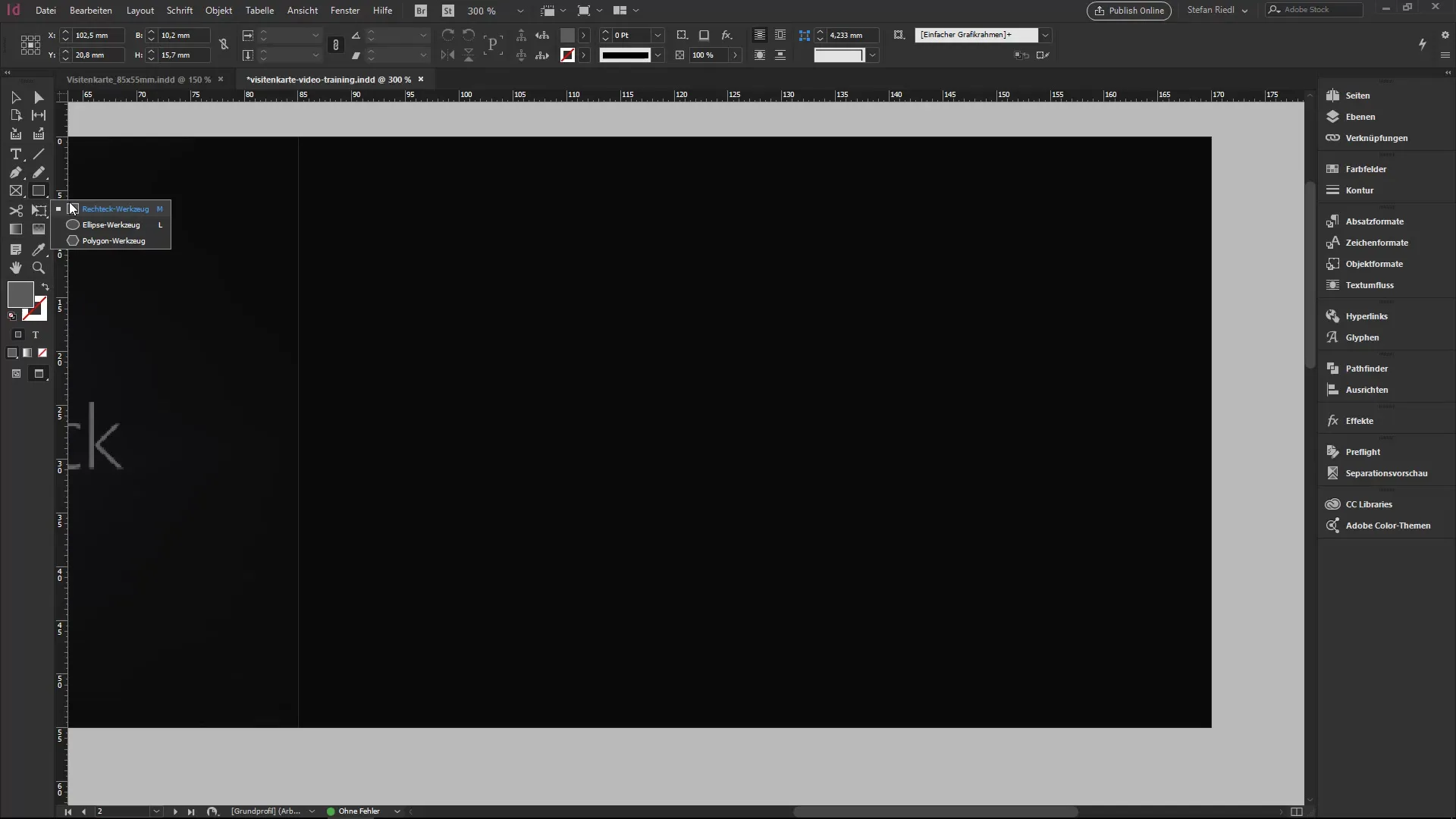
If you hold down the Shift key, the rectangle will be proportional, keeping all sides equal in length. Once the rectangle is placed, you can further adjust it. In the control palette, you have the option to enter exact measurements for width and height.
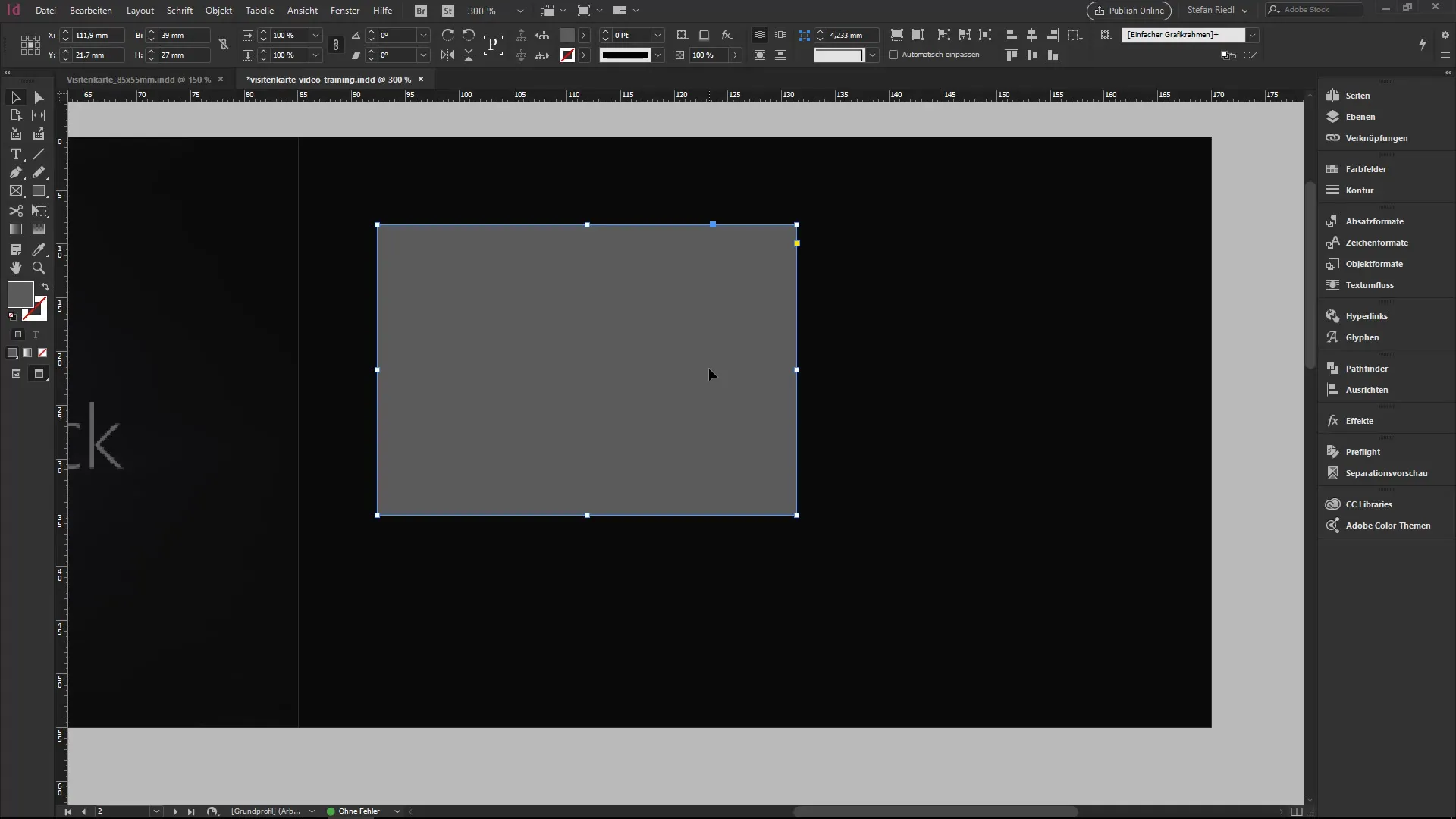
You can also adjust the X and Y values, indicating the distance of the rectangle from the left and top edges. Ensure that the reference point is set to the top center to change the position accordingly.
If you want to adjust the rectangle to 30 mm wide, for example, you can set it to the left with the reference point to reduce the distance only on the right side. This allows for more precise placement.
Scaling shapes proportionally
Scaling shapes in InDesign is simple. If you activate the chain symbol in the control palette, adjusting one value in height or width will proportionally adjust the other measurement.
This is particularly useful if you want to maintain an existing ratio. For example, if you enter a value that is 50% smaller, the shape will also be reduced accordingly.
To rotate a shape, you can drag the corner handles or enter an exact value.
Creating additional shapes: Ellipse and Polygon
In addition to rectangles, you can also create ellipses and polygons. To draw an ellipse, select the ellipse tool and drag while holding the Shift key to create a perfect circle; if you release the Shift key, an ellipse will be created.
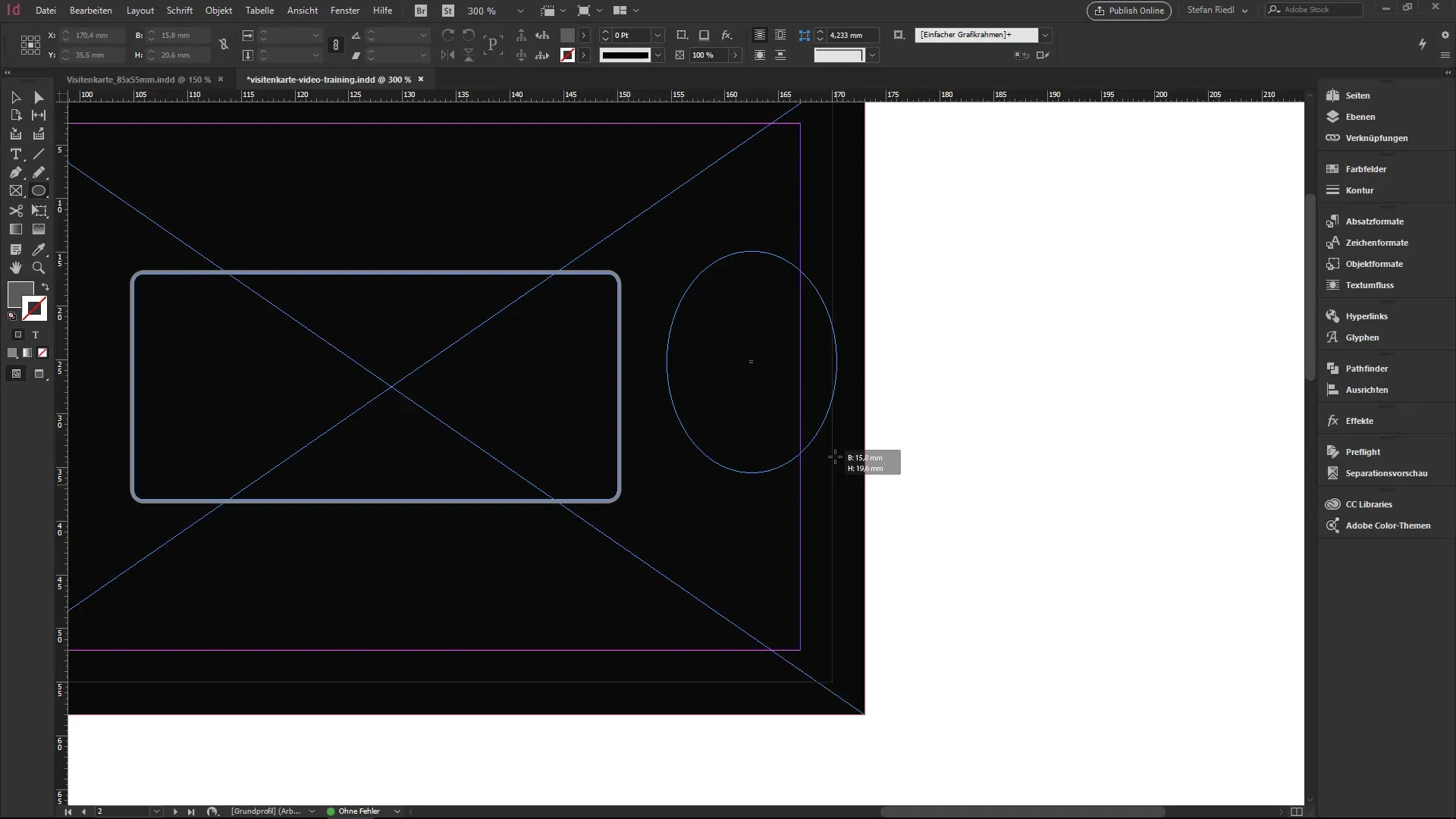
For the polygon tool, click and drag while specifying the number of sides and measurements. You can quickly change and adjust the shape by pressing the arrow keys.
Adjusting contours
The contours of your shapes can also be adjusted. In the control palette, you can select the thickness and style of the contour. From solid lines to dashed or dotted variants – the choices are abundant.
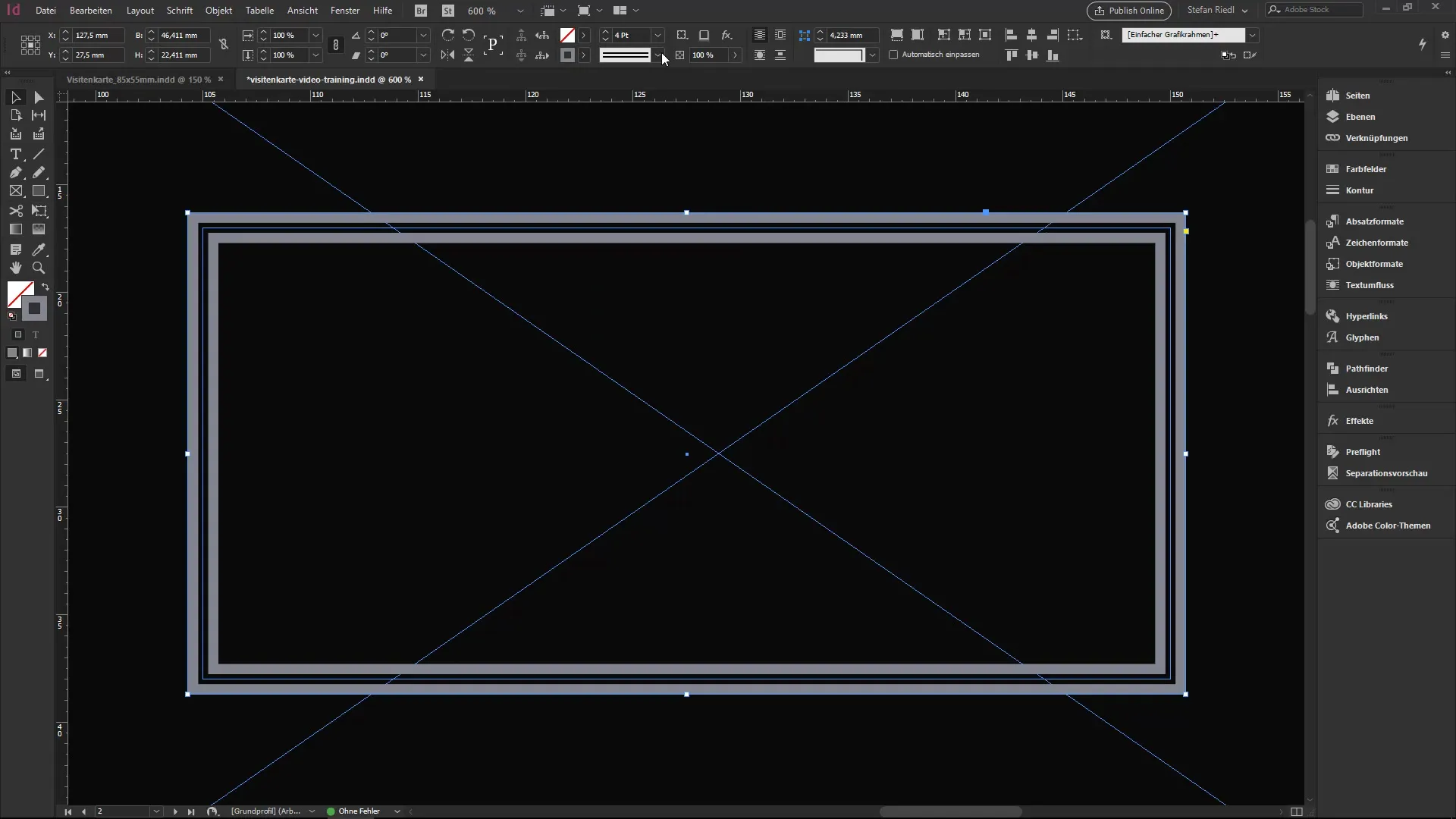
When accessing the contour panel, you can set the thickness and alignment of the contour. The alignment can be centered, outside, or inside, depending on the design needs.
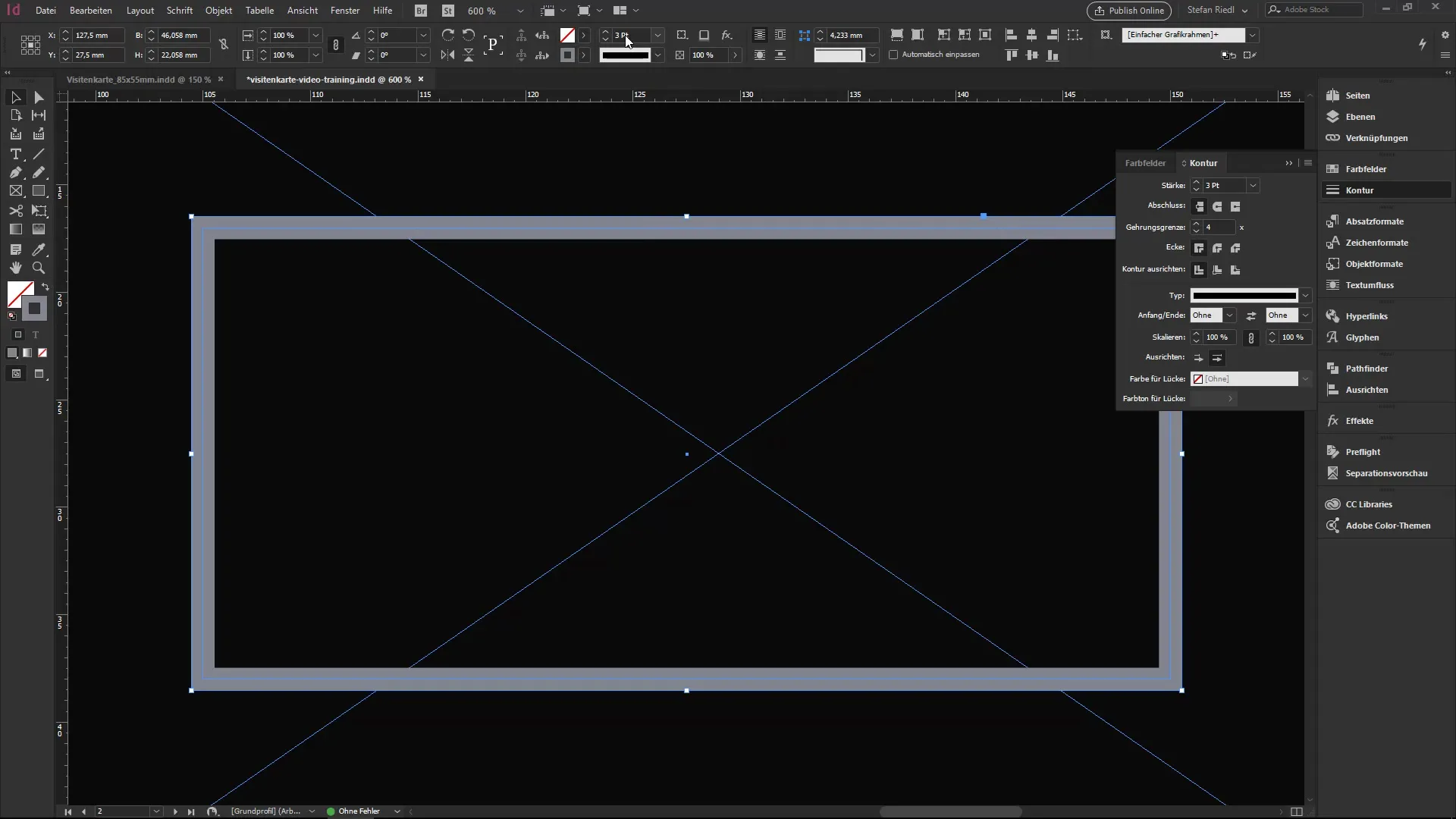
Utilizing corner options
For rounded corners, you can use the corner options in the object menu. Select the preview function to see the changes in real-time and determine how much the corners should be rounded.
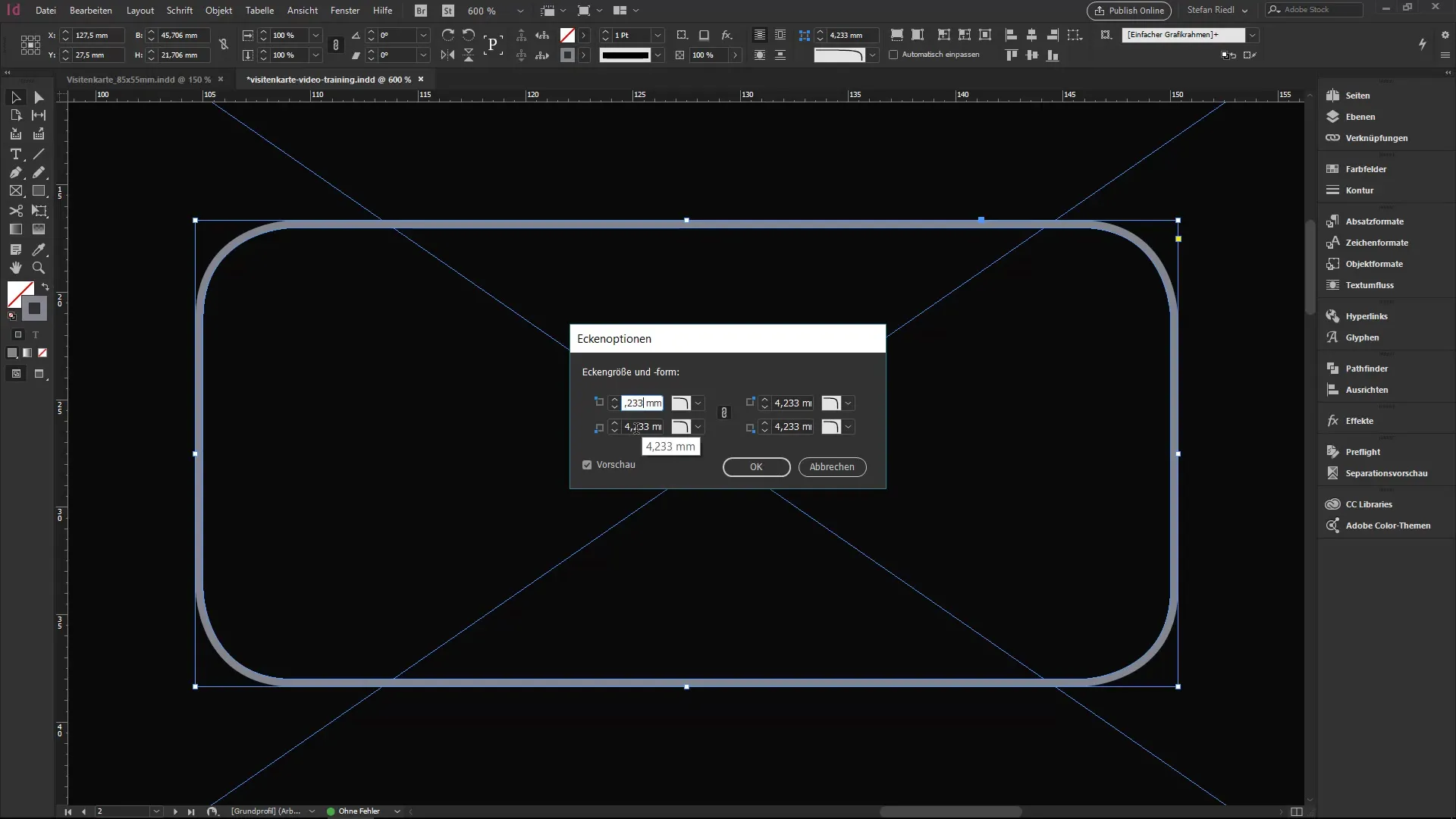
To work with different shapes, you also have the option to give multiple shapes in a design a common design.
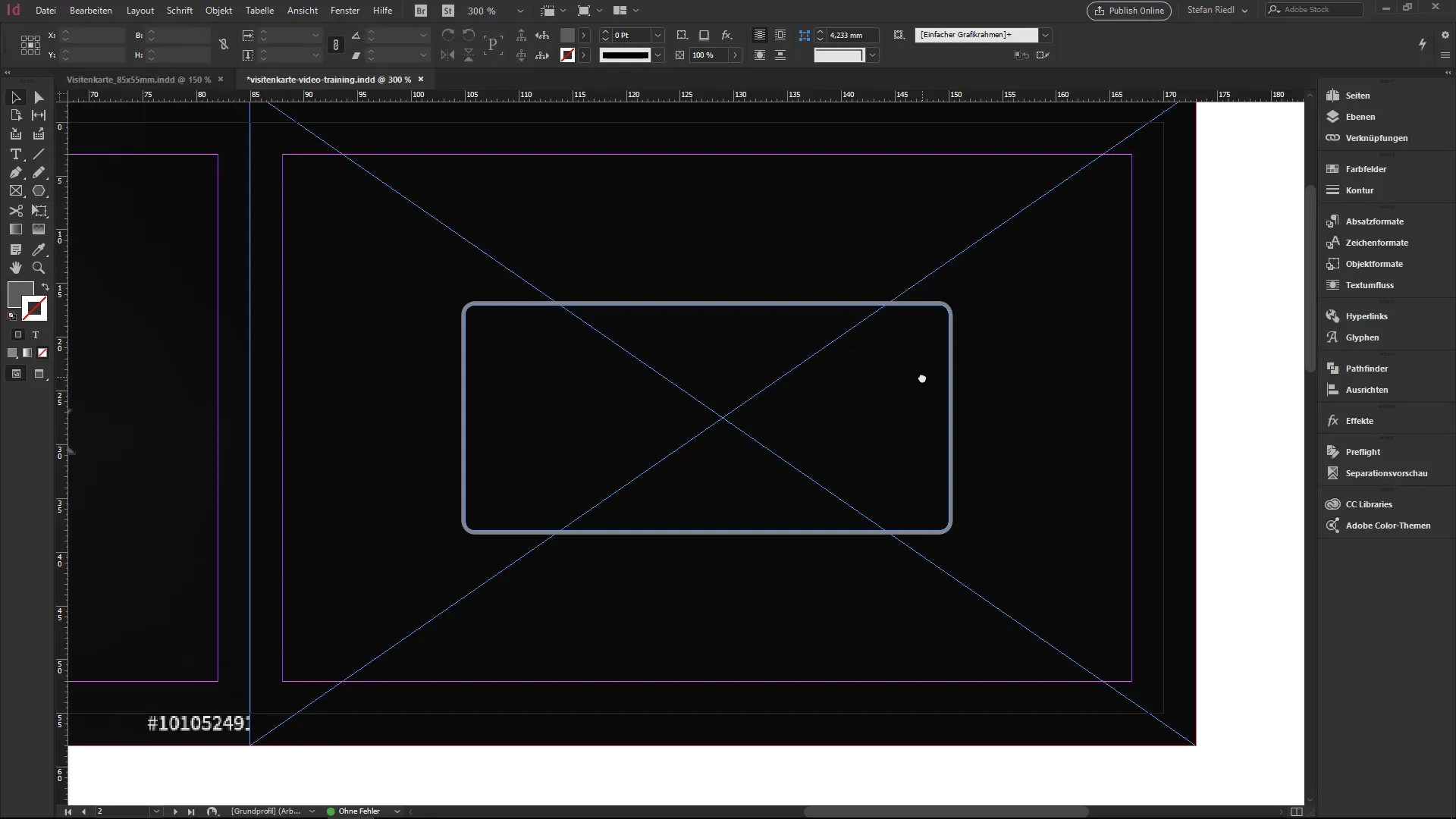
Summary - InDesign: Creating simple shapes and contours
Creating and adjusting shapes and contours in InDesign is essential for any design project. With knowledge about rectangles, ellipses, and polygons, as well as handling contours and corner options, you are well-equipped to create effective and engaging designs.
Frequently Asked Questions
How do I create a rectangle in InDesign?Select the rectangle tool from the tool palette and drag on the workspace.
Can I adjust my shapes proportionally?Yes, activate the chain symbol in the control palette to change proportionally.
How do I change the contour of my shape?Select the shape and adjust the contour in the control palette or contour panel.
What are reference points?Reference points determine from where you measure the position of a shape.
Are there additional shapes besides rectangle and ellipse?Yes, with the polygon tool, you can create polygonal shapes.

